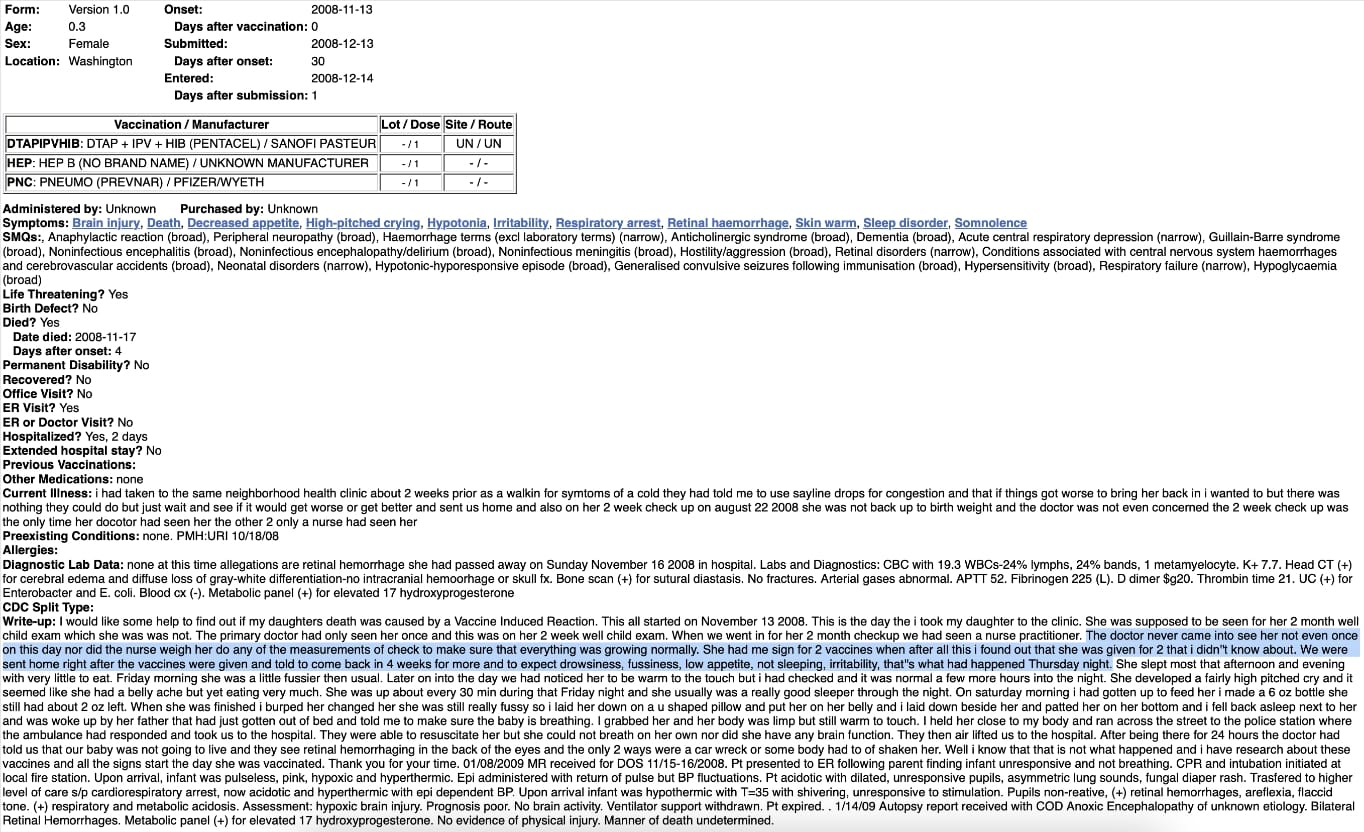
The man in the cover photo here is Robert Roberson. He was set to be put to death October 17, 2024.
Roberson was convicted of capital murder in 2003 for the death of his chronically ill 2-year-old daughter, Nikki Curtis. At his trial, prosecutors accused Roberson of shaking Nikki so violently that she died. But Robertson has maintained his innocence over two decades.
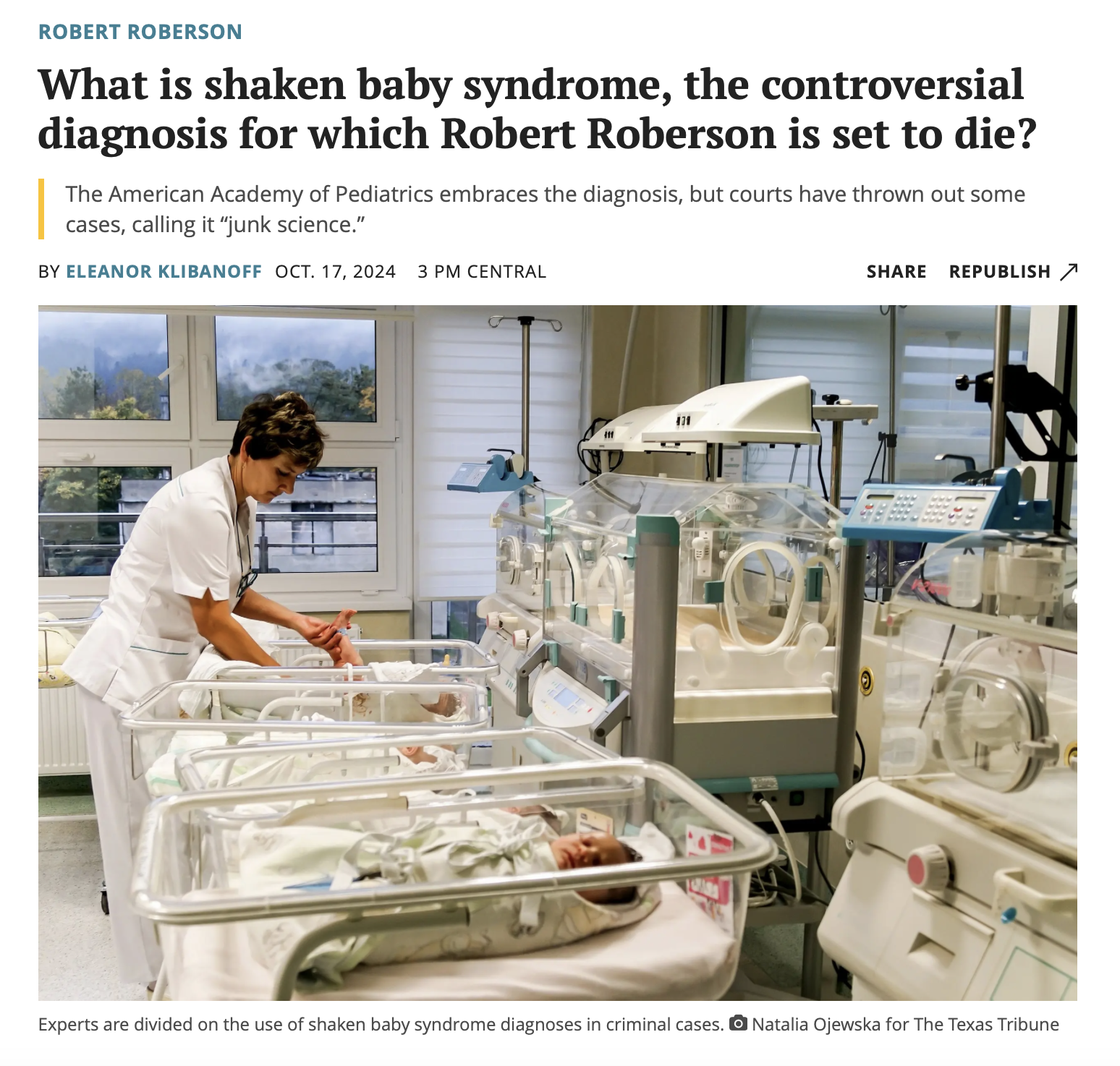
At the time, the medical consensus said that if a child presented with a “triad” of symptoms — unexplained bleeding on the brain, bleeding behind the retinas and brain swelling — doctors could presume that the child was violently shaken and make a shaken baby syndrome diagnosis.
So What Is Shaken Baby Syndrome?
Shaken baby syndrome (SBS) is characterized by the triad of subdural haemorrhage, retinal haemorrhage, and encephalopathy. It was initially based on the hypothesis that shaking causes tearing of bridging veins and bilateral subdural bleeding.
But recent evidence has called this erroneous and non-scientific diagnosis into question:
"Neuropathology shows that most cases do not have traumatic axonal injury, but hypoxic-ischaemic injury and brain swelling. Further, the thin subdural haemorrhages in SBS are unlike the thick unilateral space-occupying clots of trauma. They may not originate from traumatic rupture of bridging veins but from vessels injured by hypoxia and haemodynamic disturbances. Biomechanical studies have repeatedly failed to show that shaking alone can generate the triad in the absence of significant neck injury."

What Happened to Nikki Robertson
On Jan. 31, 2002, Roberson rushed his daughter's limp, blue body to a hospital emergency room in Texas. He said he awoke to find her unresponsive.
Nikki had a history of breathing problems and head injuries. She was severely ill in the week leading up to her death, Roberson had even taken her to the emergency room and pediatrician where her temperature was measured at 104.5 degrees. Just days before her death she was diagnosed with a “respiratory illness, possibly viral,” and sent home with prescriptions for promethazine.
But after returning to the hospital once more, it was too late. Nikki was gone. To make matters worse, the doctor diagnosed Nikki with shaken baby syndrome, which presumes abuse. Robertson would soon find out that he not only lost Nikki, he also lost his freedom that day.
From a Rockefeller University publication:
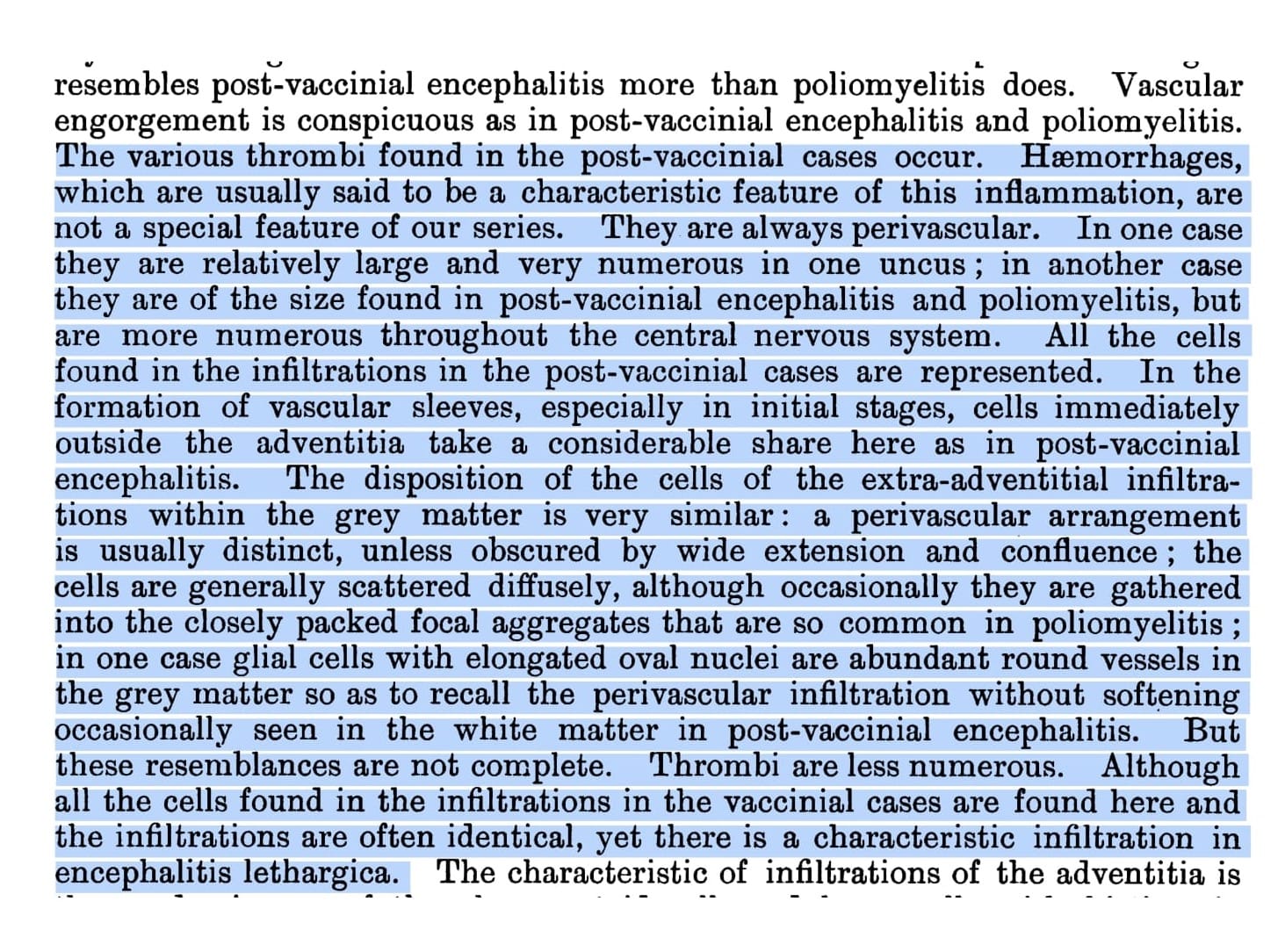
Brian Wharton, the lead detective in Nikki’s death who testified against her father at his trial, has said he accepted that medical diagnosis before arresting Roberson - he was not given the courtesy of 'innocent before proven guilty'. In fact, the case's medical examiner, Jill Urban, classified the girl’s death as a homicide only after law enforcement told her Roberson had been arrested for capital murder.
Urban, who performed Nikki’s autopsy, testified during trial that “shaking also falls into this definition of blunt force... Although it doesn't seem like, you know, shaking is not necessarily striking a child, when you are — when a child is say, shaken hard enough, the brain is actually moving back and forth within, again, within the skull, impacting the skull itself and that motion is enough to actually damage the brain,” Urban said.
But the facts that Urban cited during the case have been entirely discredited and proven to be false.
Today experts argue that shaking alone can’t produce enough force to cause diffuse axonal injury unless the child’s head strikes a solid object. They explain that short-distance falls (even from several feet) can't be proven to cause hemorrhaging in infant brains - let alone shaking.
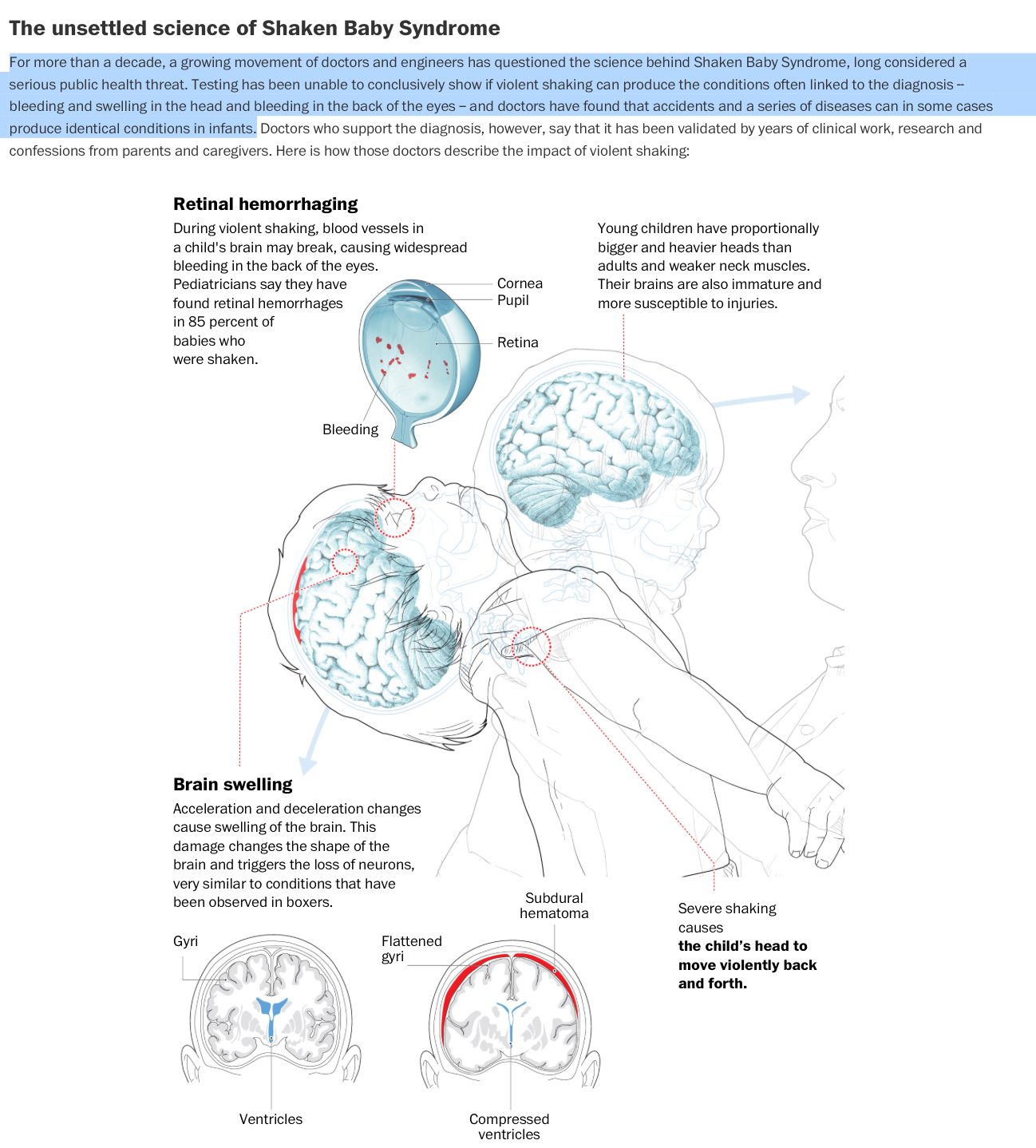
How Hard Would You Have To Shake A Baby?
To cause hemorrhaging in an infants brain by shaking alone, the force would need to exceed 60-100g. The human body is not capable of generating that level of acceleration manually. Even professional fighters, weightlifters, or NFL players generate forces far below this threshold in punches or tackles. Studies show that the most powerful punches in professional boxing reach around 20g-25g (on impact)—and that’s using the entire body to generate force, not just the arms shaking an object.
The force needed would be so extreme that it would be immediately noticeable—not something that could happen accidentally. To give you a point of reference, in a severe car accident, the driver may experience 50-100g upon impact. To fatally hemorrhage the brain through shaking alone, the force required would be so high that it would likely be indistinguishable from throwing or impact injuries.
Studies with anthropomorphic models found that even extreme shaking of a baby by a strong adult typically only produced ~8g max—far below 60g.

Robertson's Entire Case Has Been Supported By This "Science"
“Everything that was presented to us was all about shaken baby syndrome,” Terre Compton, a juror who convicted and sentenced Roberson, said on Oct. 21. “That was what our decision was based on. Nothing else was ever mentioned or presented to us to consider.”
“When you read the transcript in this case, I think it's very clear what the jury heard: outdated, unverified, unreliable science that was presented to the jury as fact,” Don Salzman, a pro-bono lawyer whose firm reviewed Roberson’s case, told the Texas House panel.
Despite thousands of studies and experiments which have disproved the original thesis of shaken baby syndrome, medical professionals and scientists still assert Robertsons guilt.

Unfortunately, Robertson Isn't A Rare Case
To date, at least 32 people in 18 US states have been exonerated based on the increasingly discredited hypothesis, as well as witnesses taking back their testimonies, after being convicted for shaken baby syndrome, according to the National Registry of Exonerations.
Kathleen Butcher
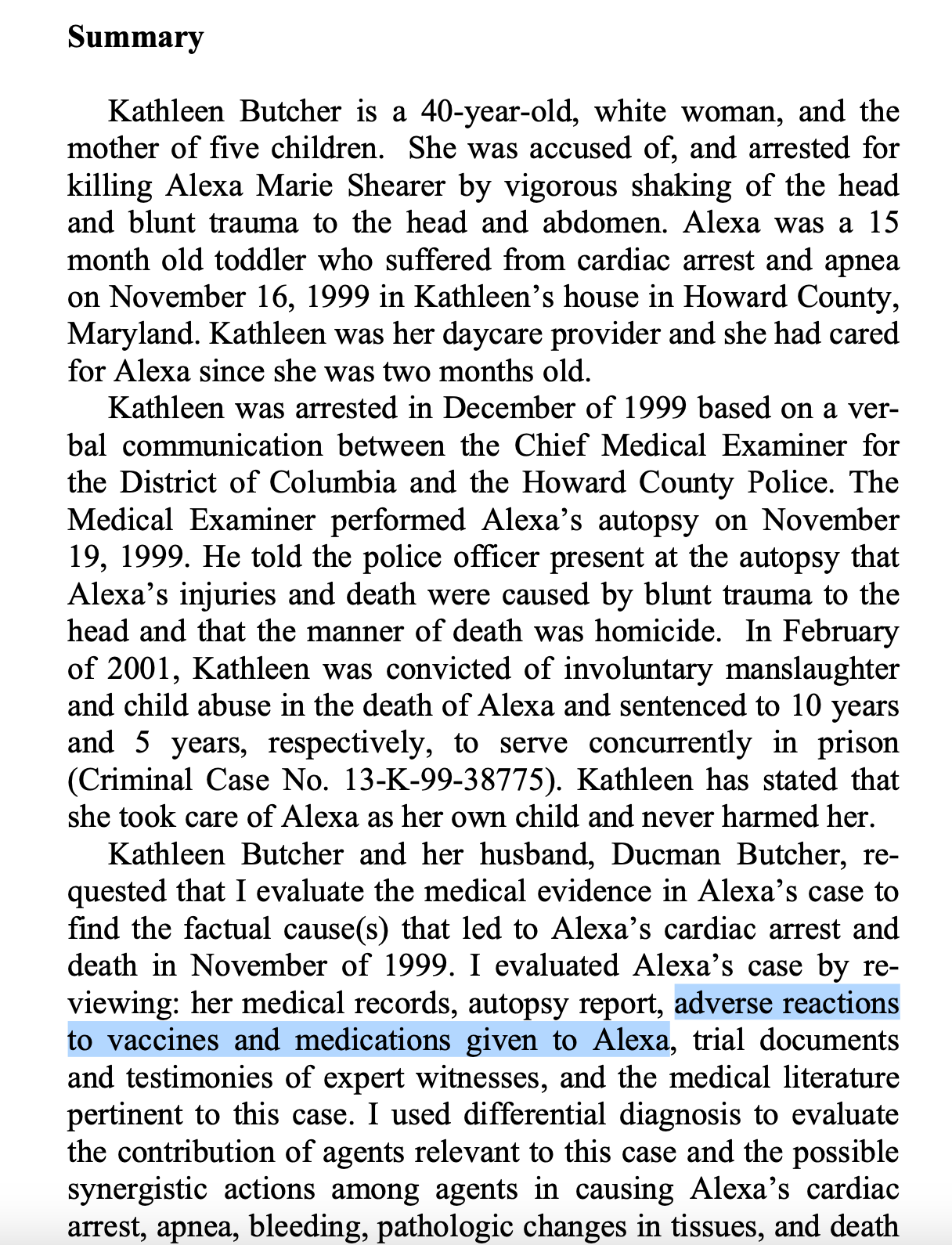
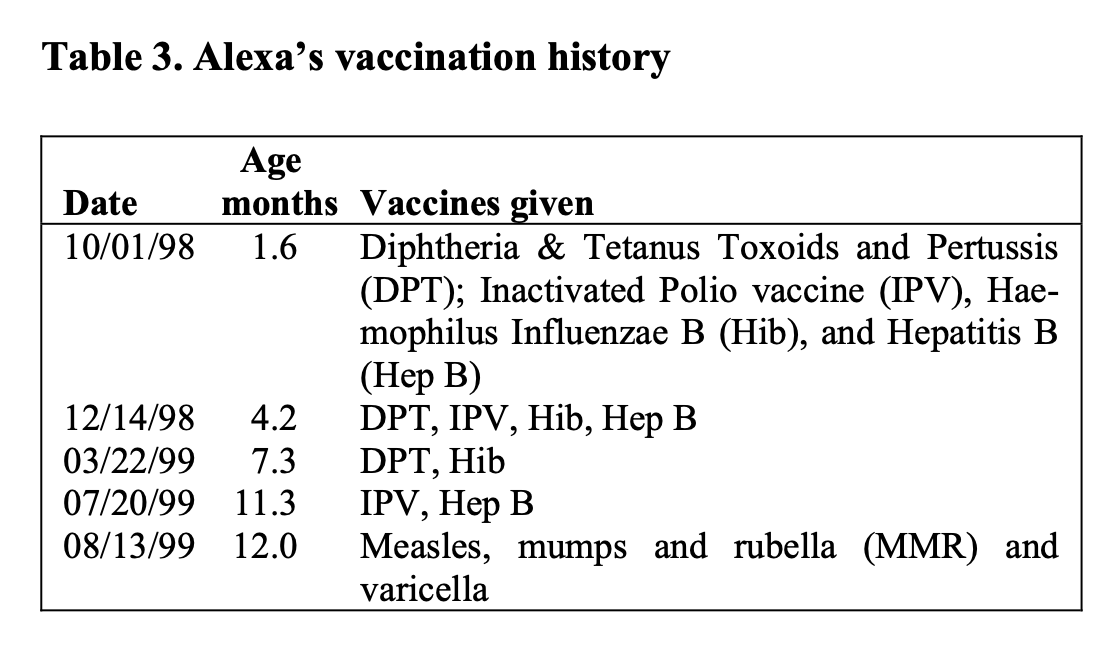
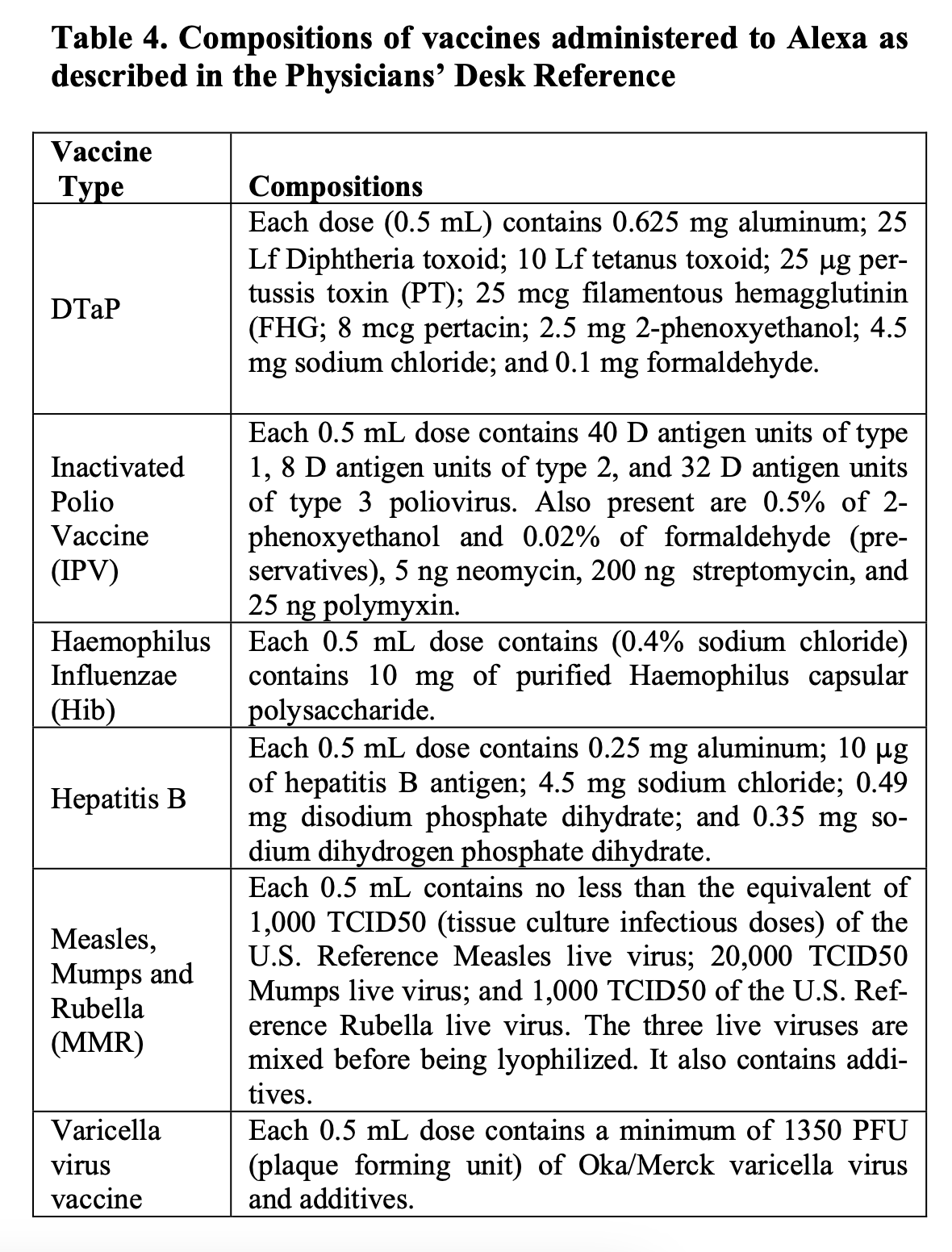
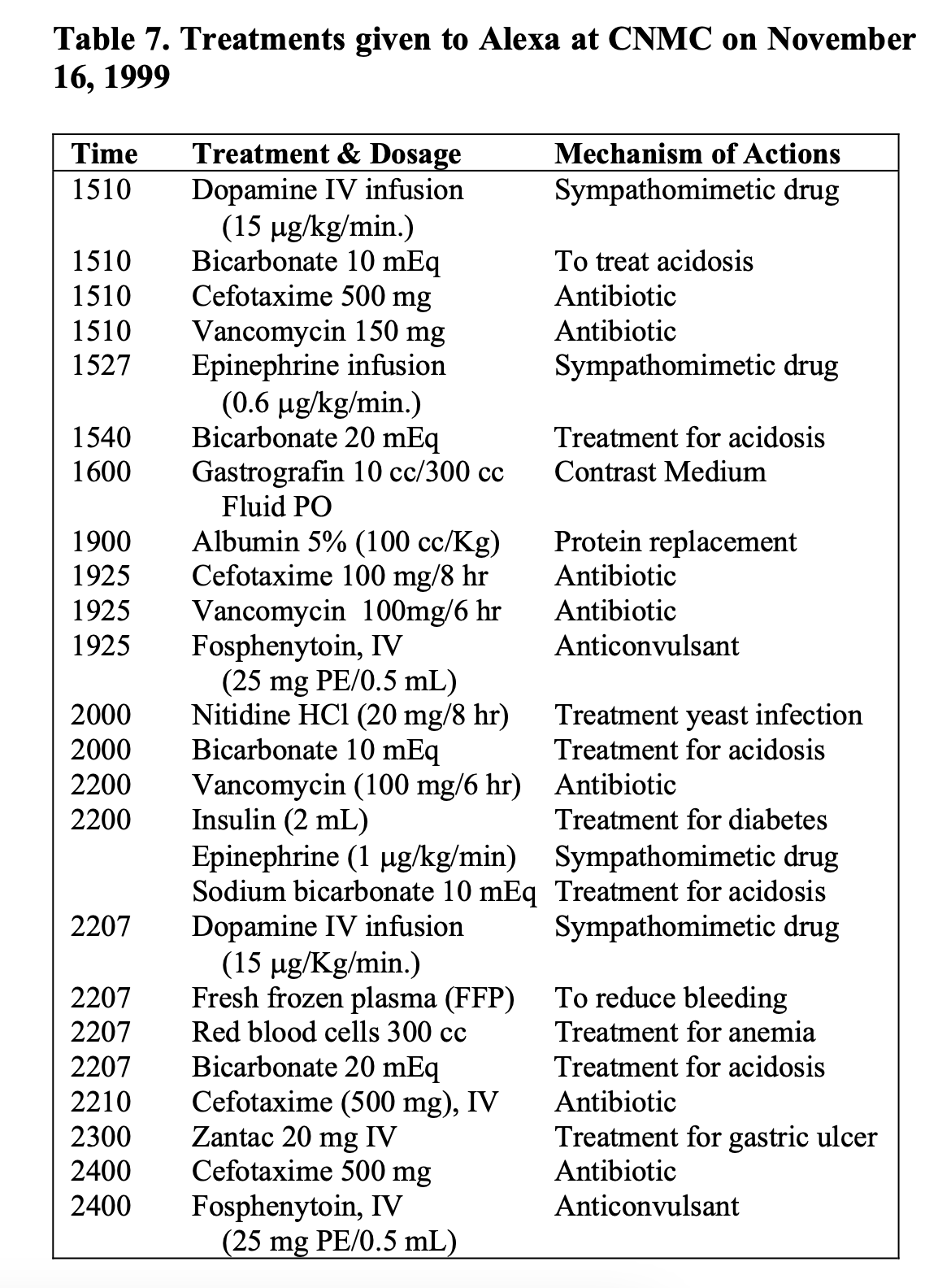
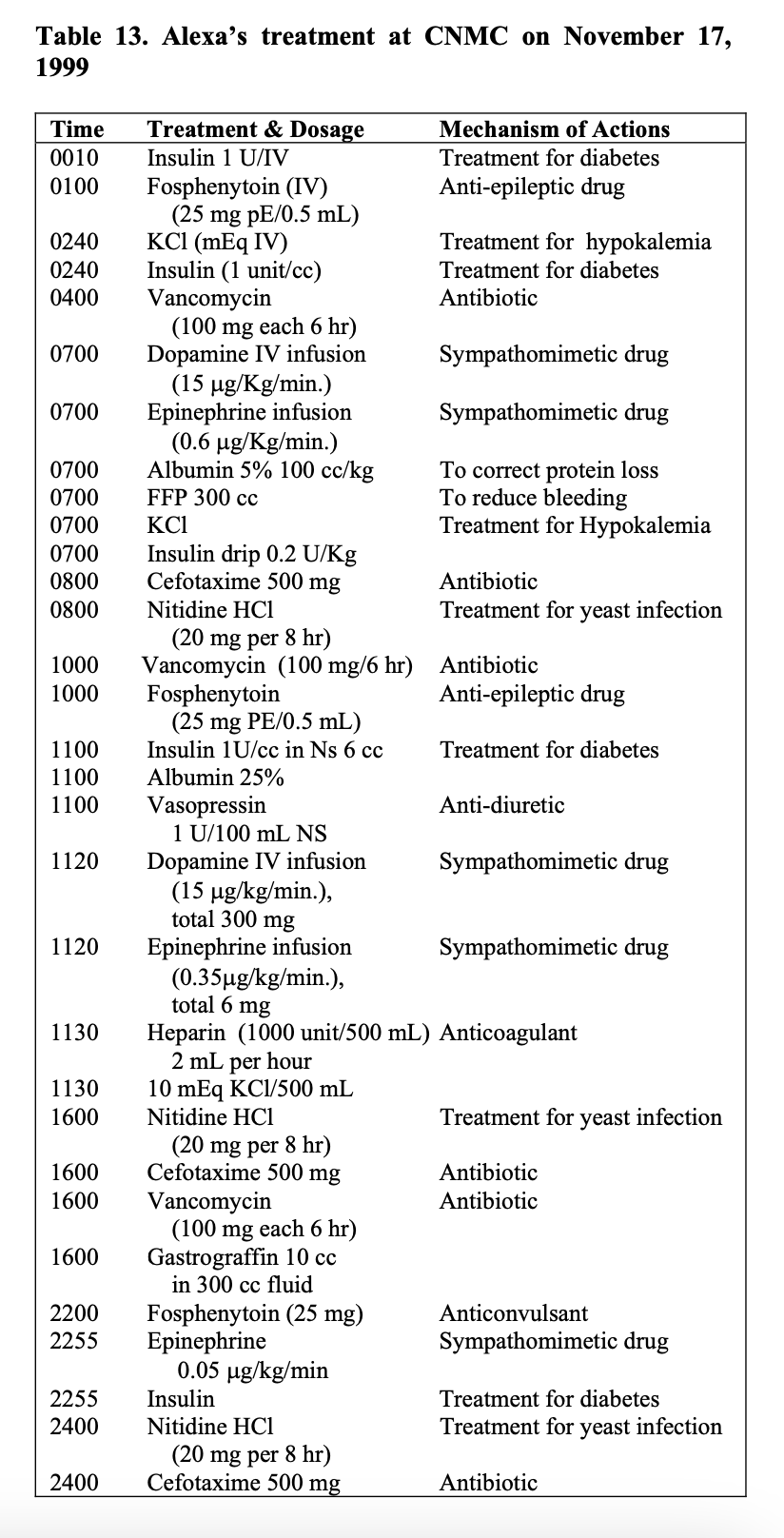
Brandy Briggs
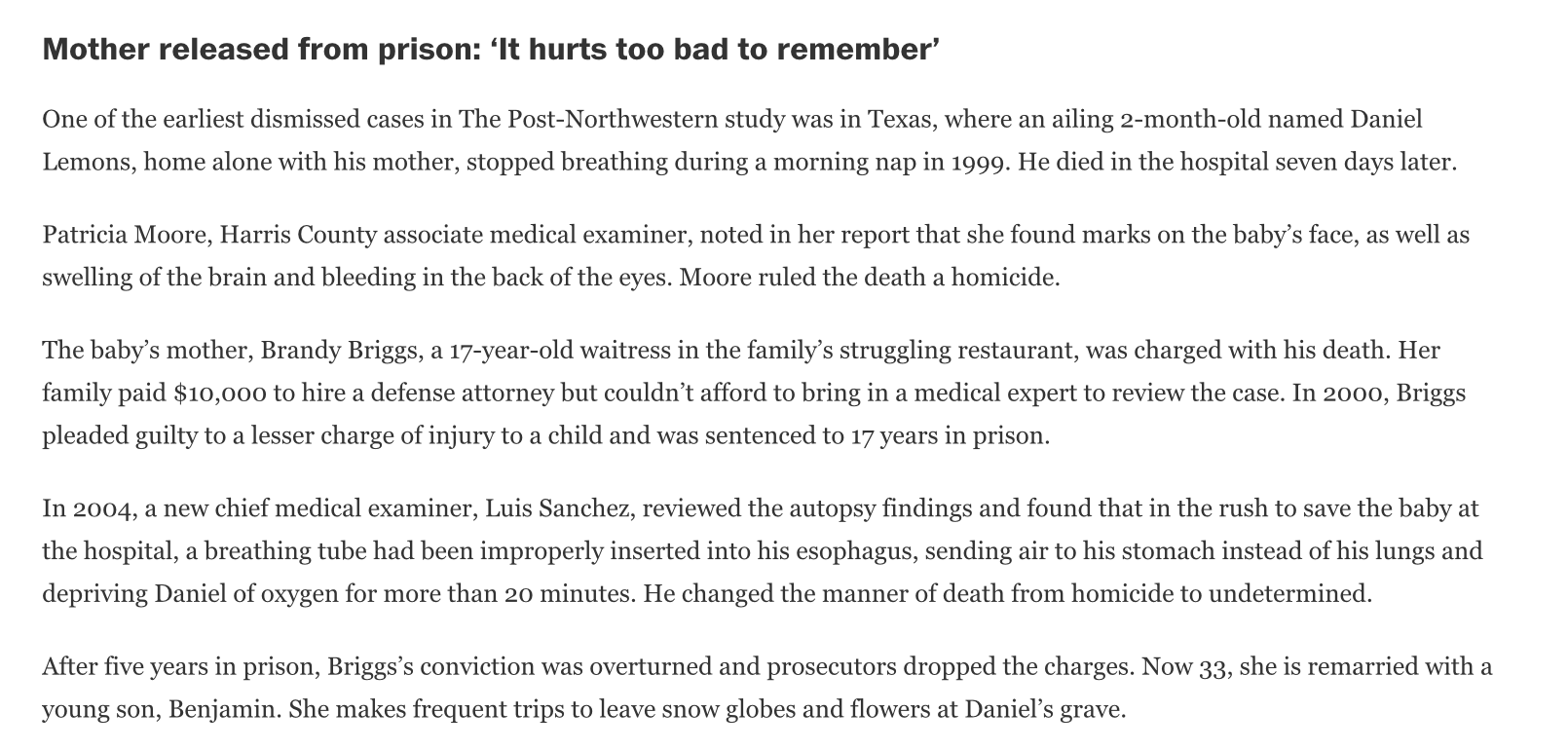
David Long
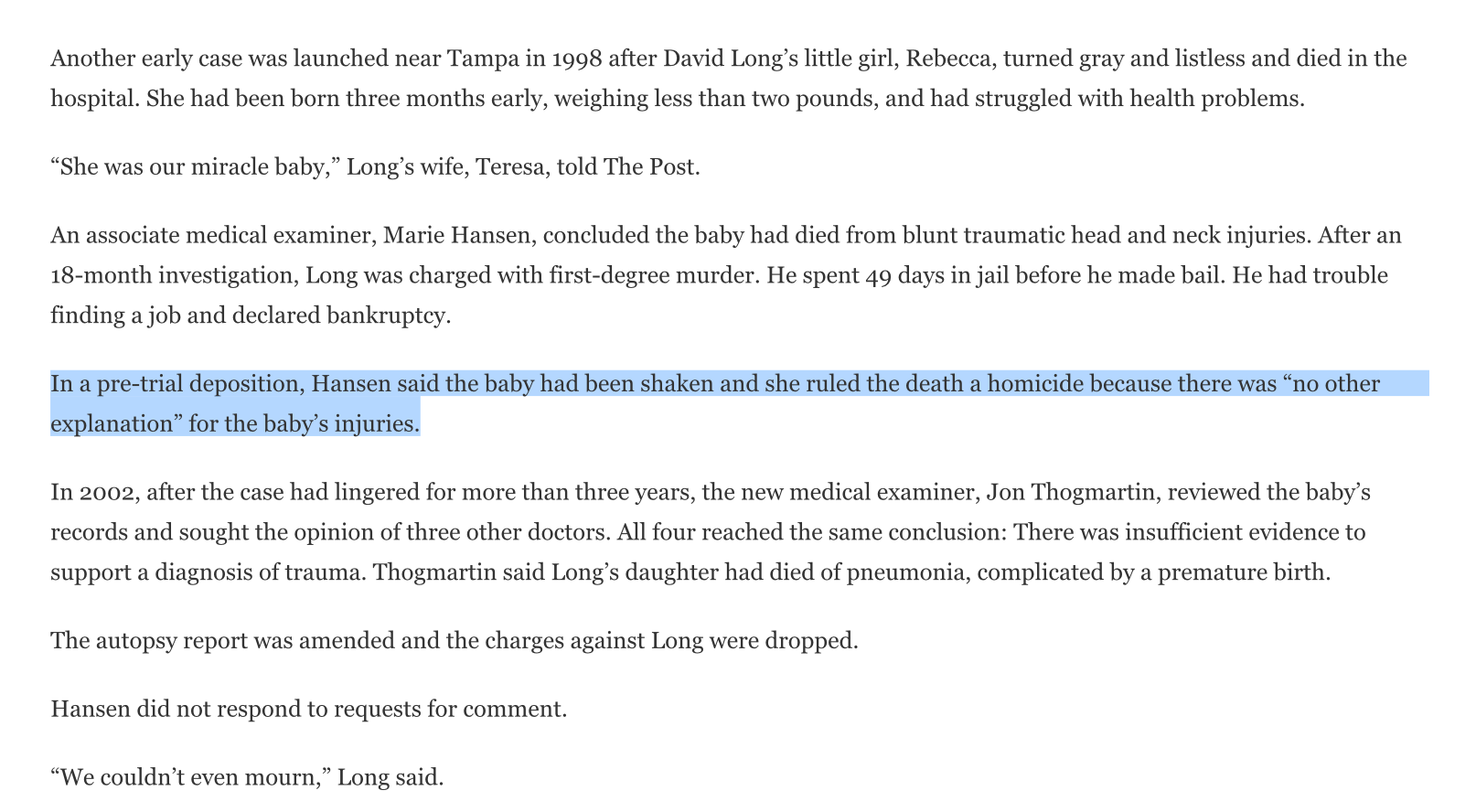
Andy Houser
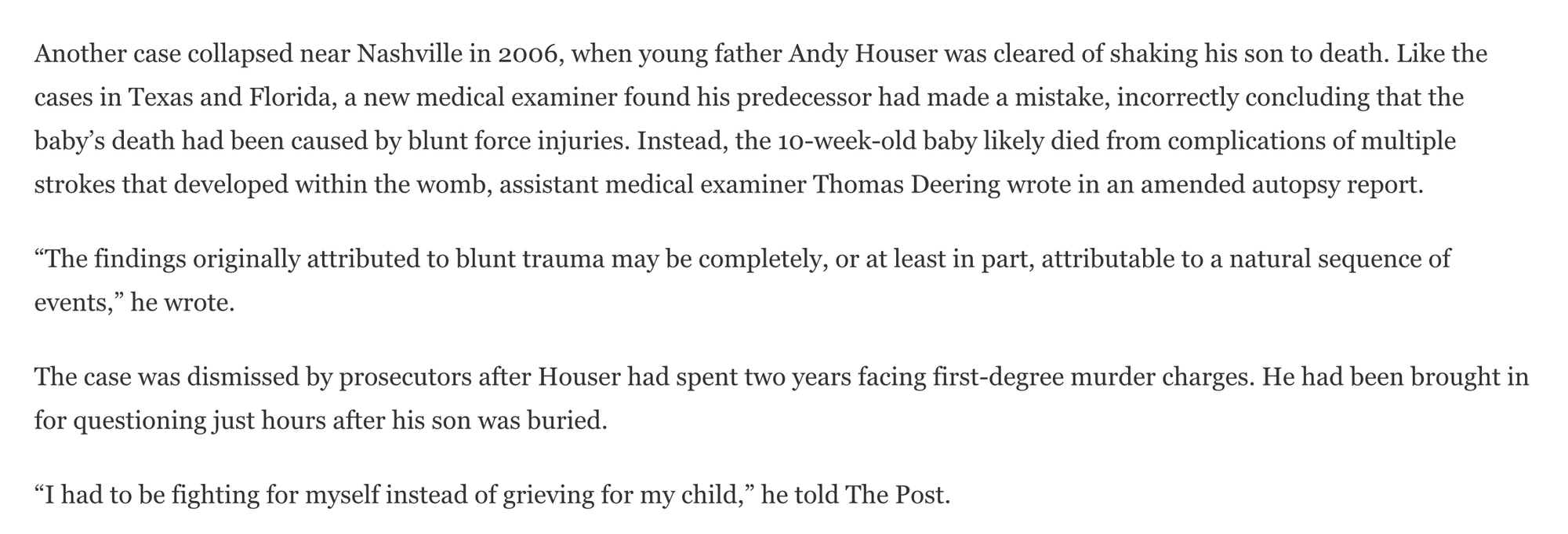
John Peel

Drayton Witt
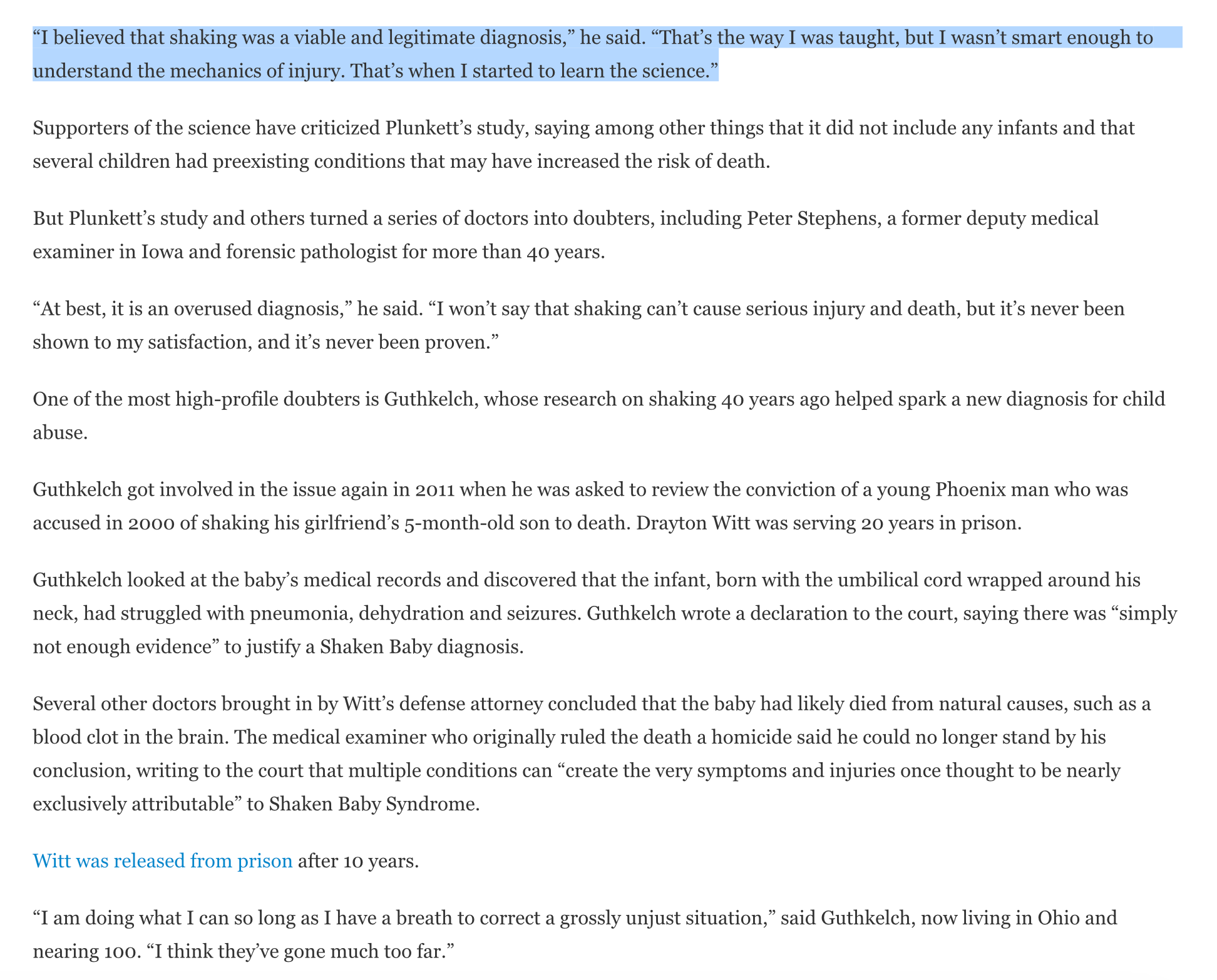
Damien Marsden

So What The Hell Is Causing Sudden, Random Infant Brain Hemorrhaging If Not Abusive Parents?
For SOME STRANGE REASON mainstream medicine refuses to recognize vaccination as a "direct cause" of brain hemorrhage (ie a stroke) in infants, despite brain hemorrhage strokes being a known adverse event in adult vaccination, and despite there being several biological mechanisms that explain how vaccines, especially those containing adjuvants or triggering a strong immune response, cause brain hemorrhaging to occur.


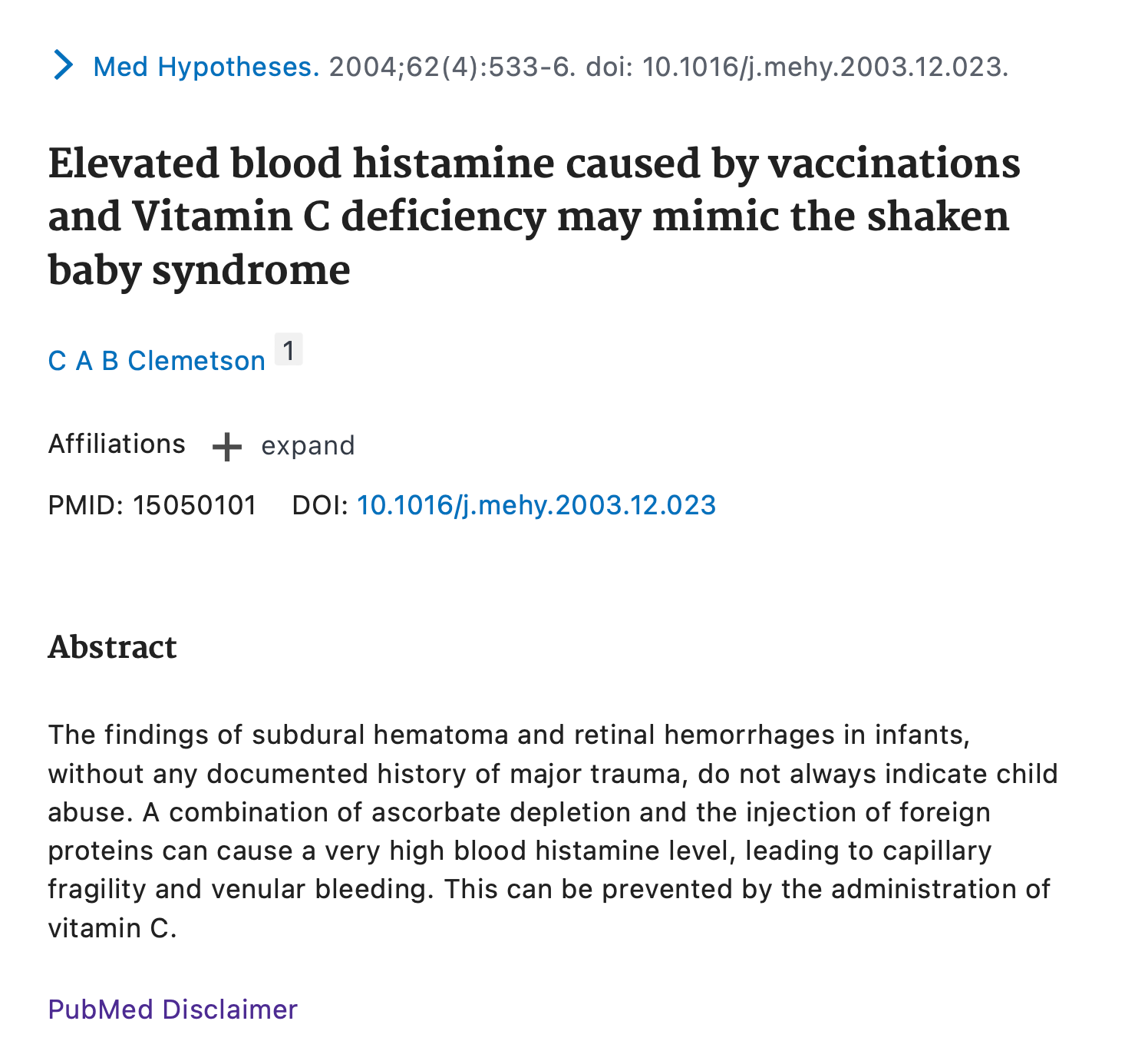
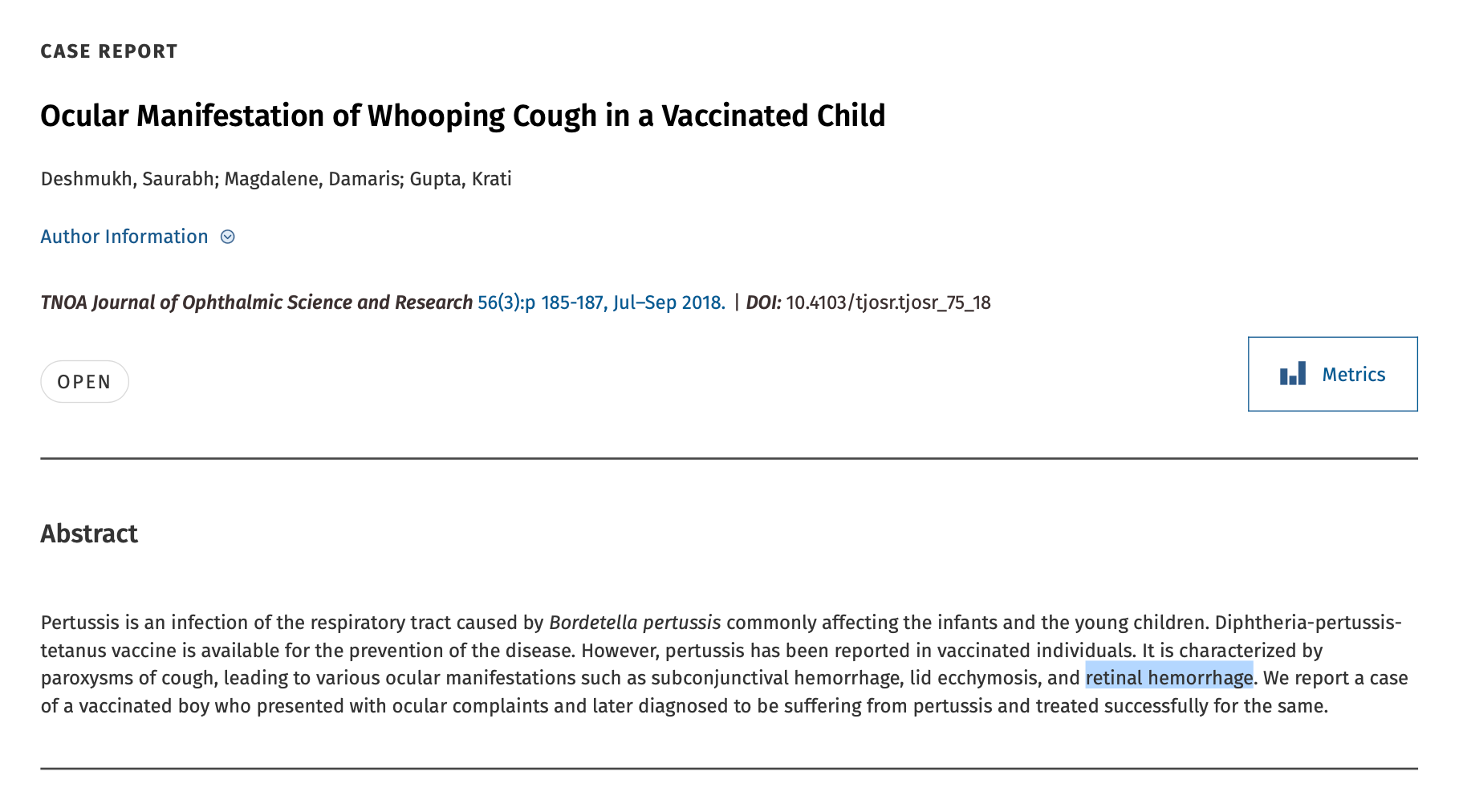
The refusal to acknowledge this speaks volumes, especially when you consider how easily vaccines can cause brain hemorrhaging - not just in infants - but in all ages.
- Vaccines stimulate the immune system by introducing antigens, often with adjuvants (like aluminum), to provoke an immune response.
- This immune activation can lead to an excessive inflammatory response known as a cytokine storm.
- Cytokine storms trigger widespread inflammation, affecting blood vessels, brain tissue, and the clotting system – the inflammation weakens blood vessel walls, increasing vascular permeability and fragility.
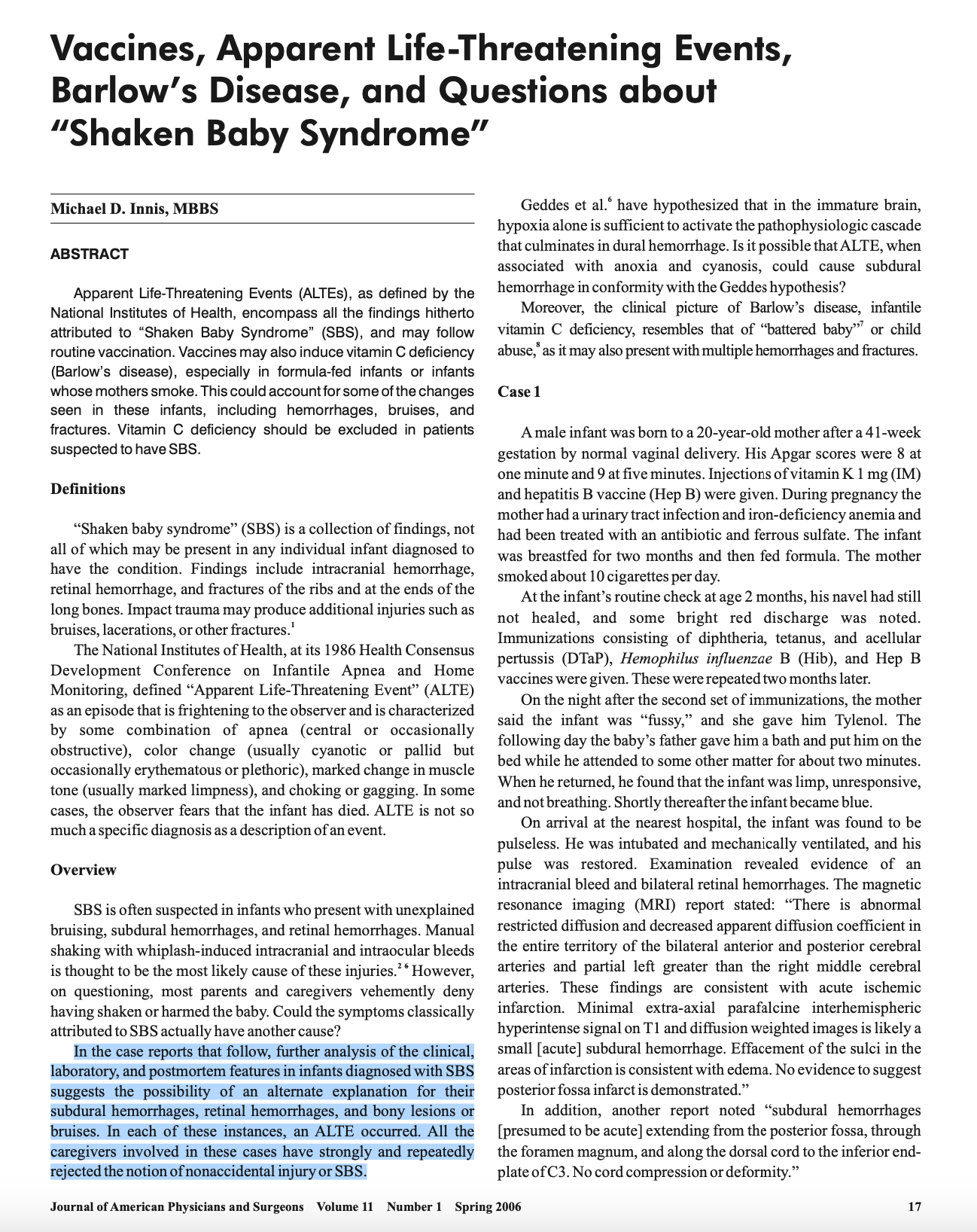
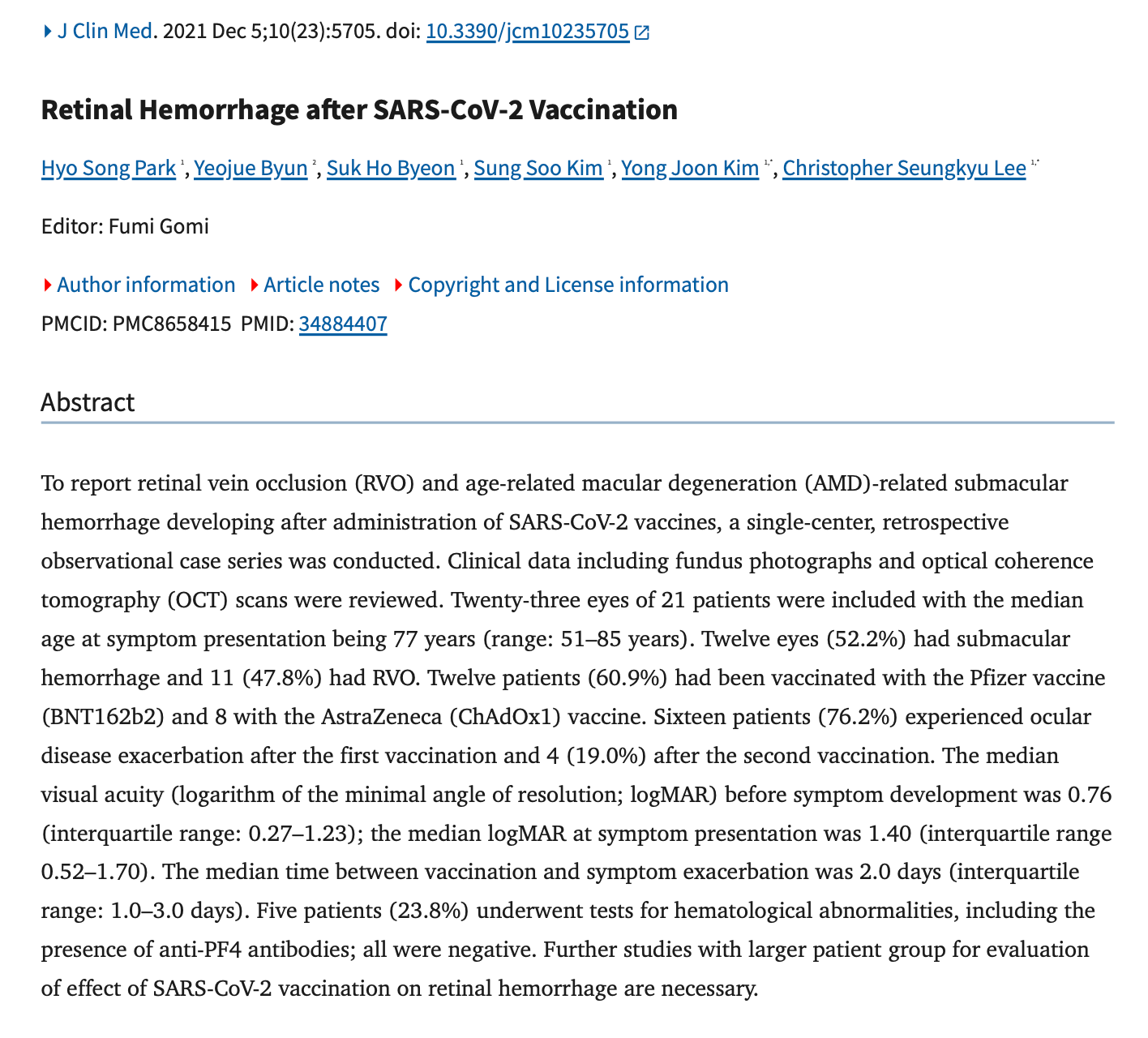
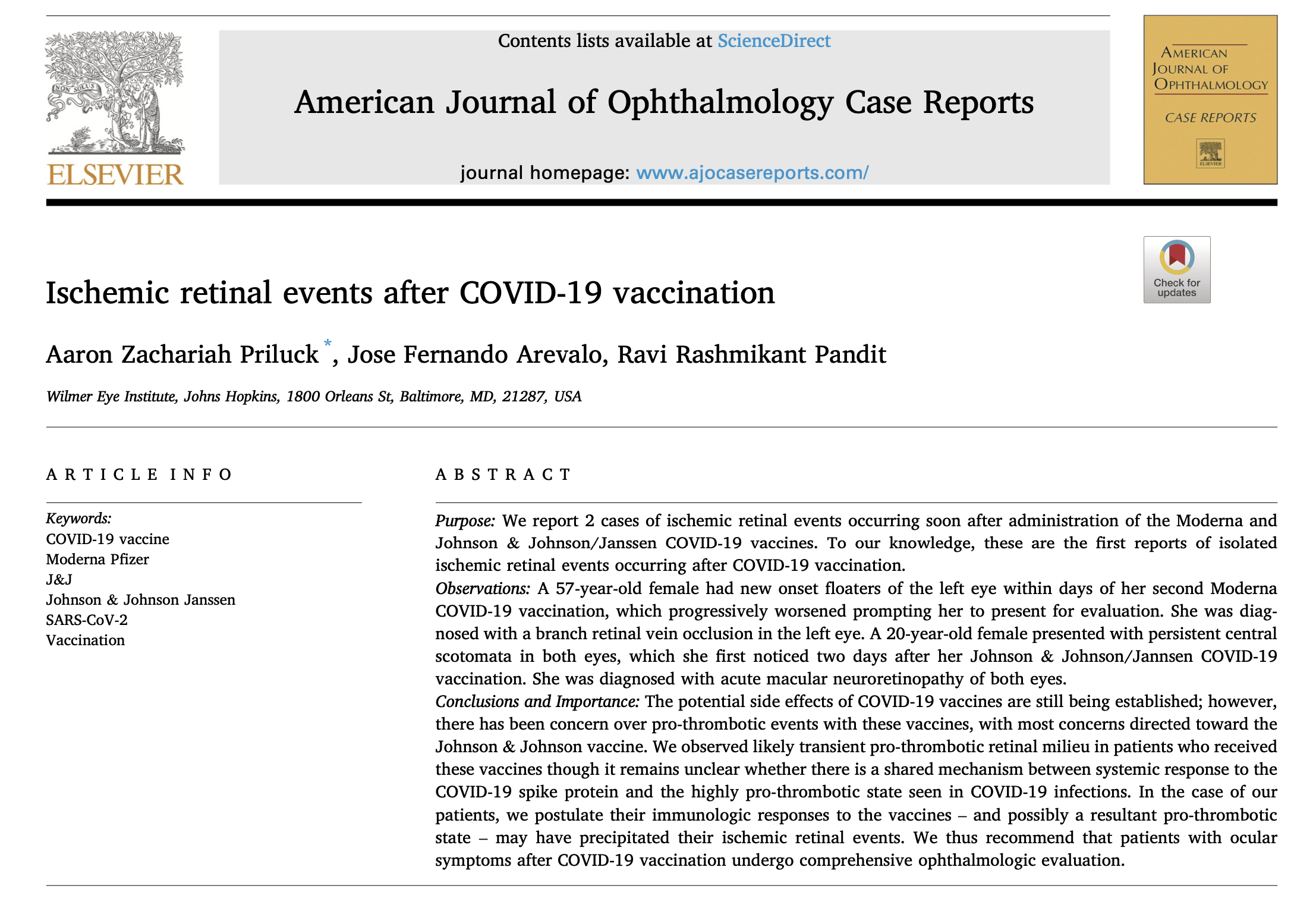
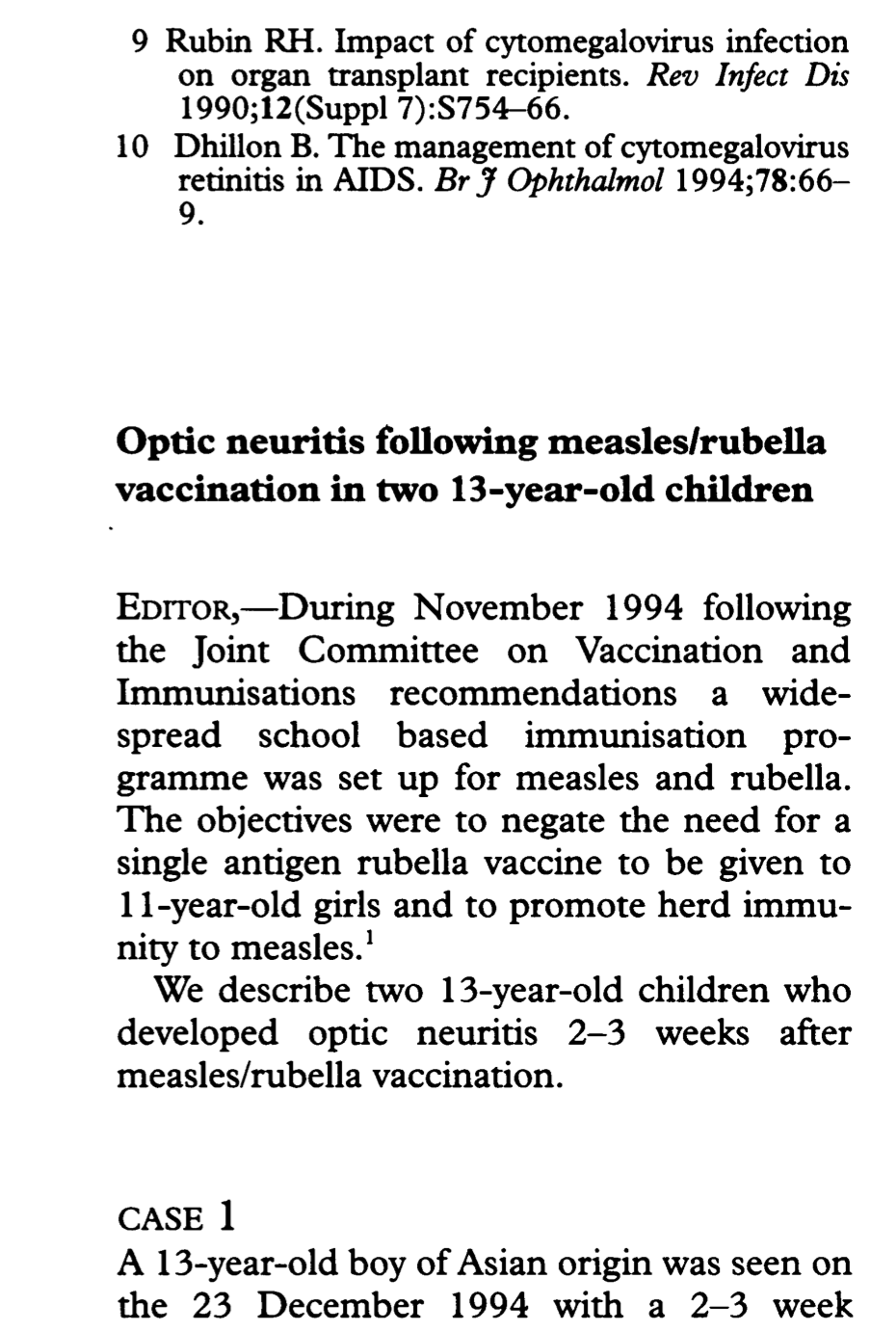
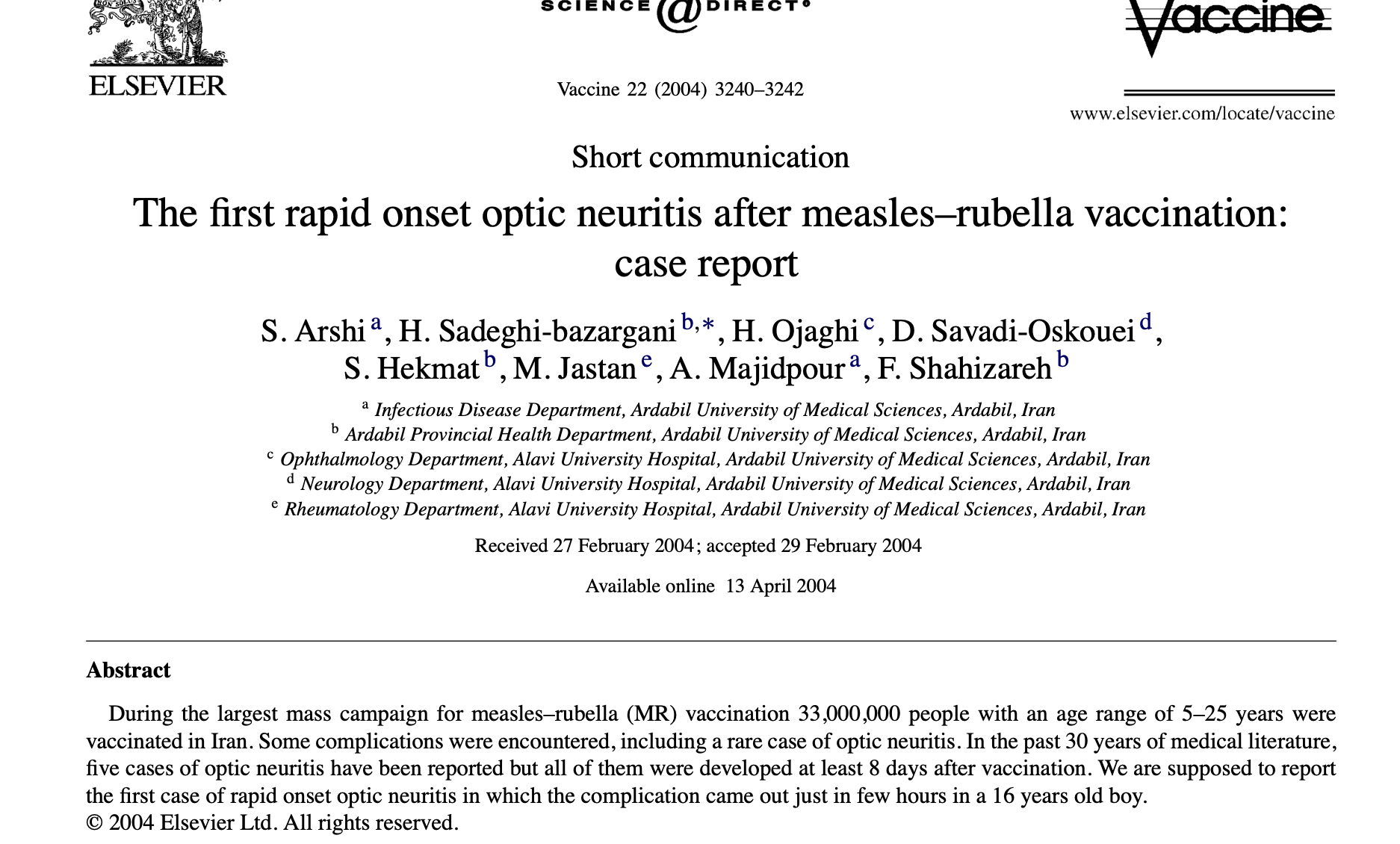
Babies Are Not As Fragile As We Think
Babies are not as fragile as they appear—their bodies are biomechanically designed to withstand stress and trauma:
- Fontanelles (Soft Spots): Babies have open sutures and fontanelles in their skulls, which allow for compression and movement during birth and impact absorption.
- High Collagen Content: Infant bones are made of more collagen and less mineral density, making them softer and more bendable. Instead of breaking, bones tend to flex under pressure.
- Babies have a higher percentage of water in their muscles and tissues, making their bodies more elastic and shock-absorbent. This reduces the likelihood of fractures and internal organ damage from mild to moderate forces.
- Many bones in a baby’s body are still partially cartilage, which is more flexible than fully ossified bone. This allows for better shock absorption in falls or blunt trauma.
- Infants have higher plasticity in their brain blood flow. Their brains can compensate for minor oxygen disruptions better than adults and it can reduce the immediate impact of head trauma.
- The infant nervous system is still developing, meaning nerve connections can rewire more effectively than in adults. This contributes to faster recovery from brain injuries compared to older individuals.
- The large surface-area-to-weight ratio of an infant’s skull distributes impact force more evenly. This means that minor bumps or falls result in less localized pressure on the brain compared to adults.
- Babies have a high metabolic rate, meaning they heal faster than adults. Their bones remodel quickly and more completely, reducing the chances of permanent damage.




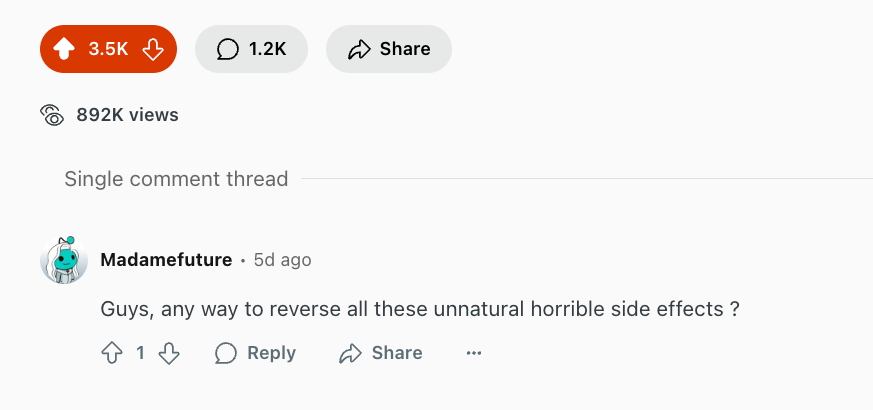
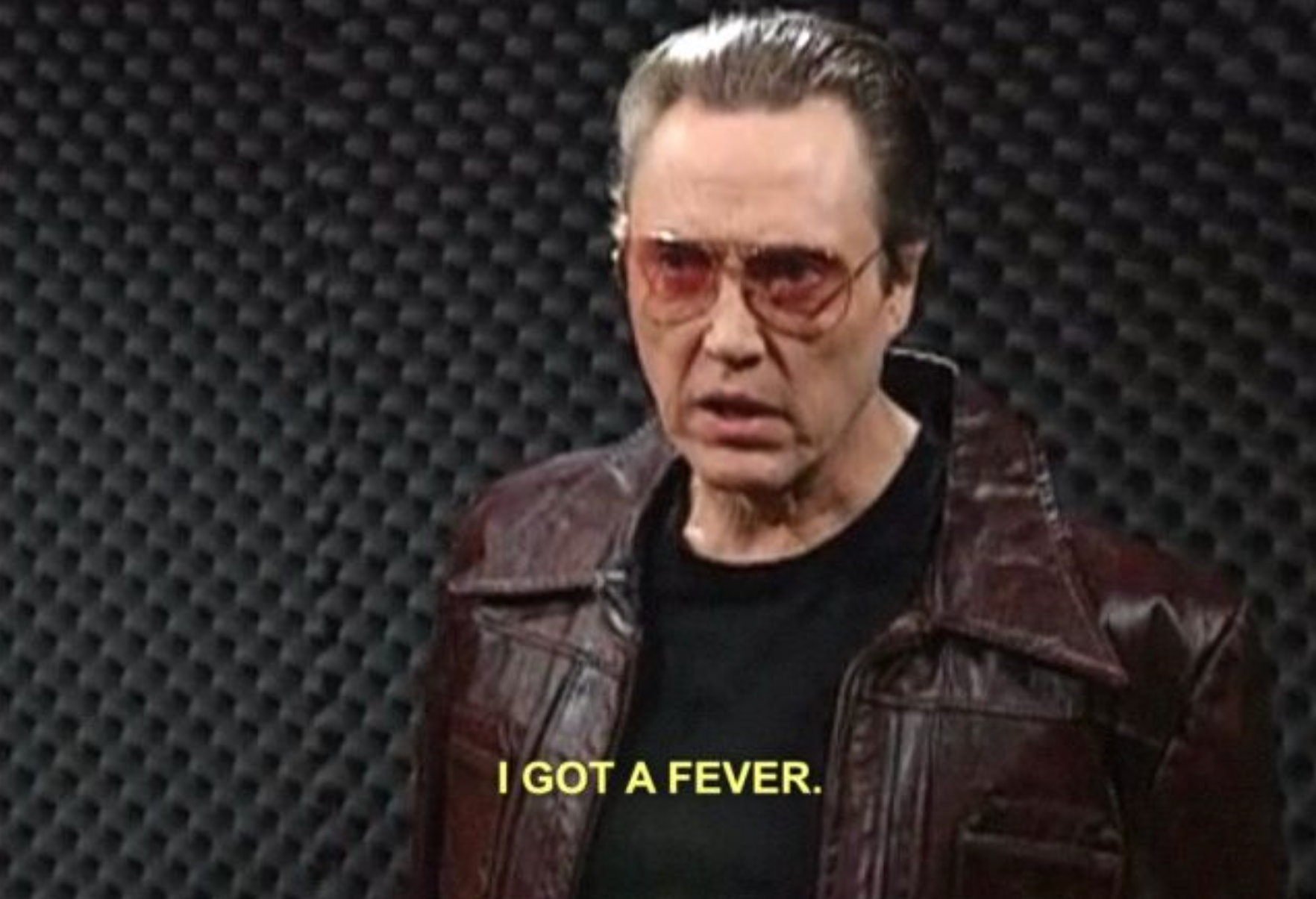

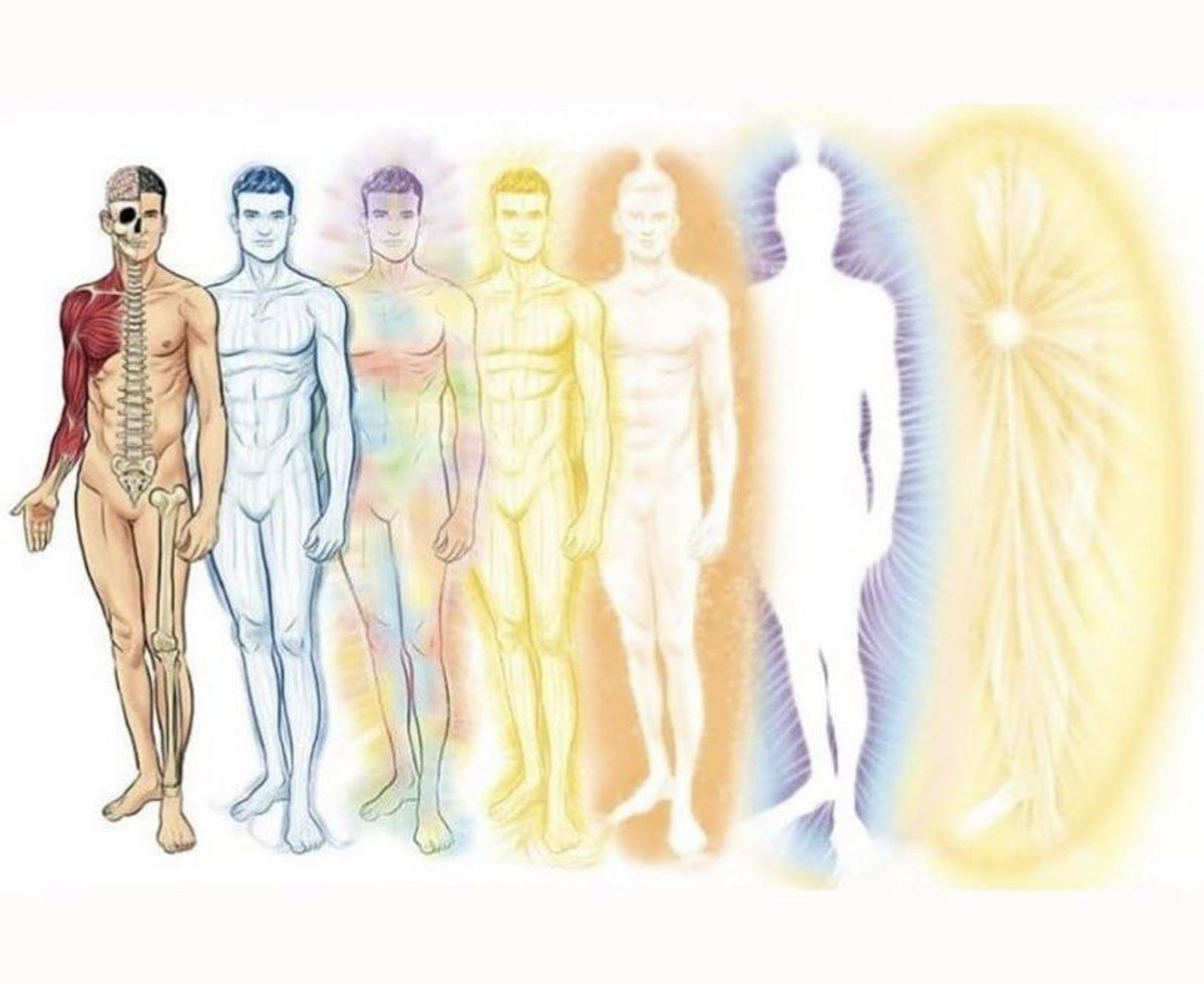



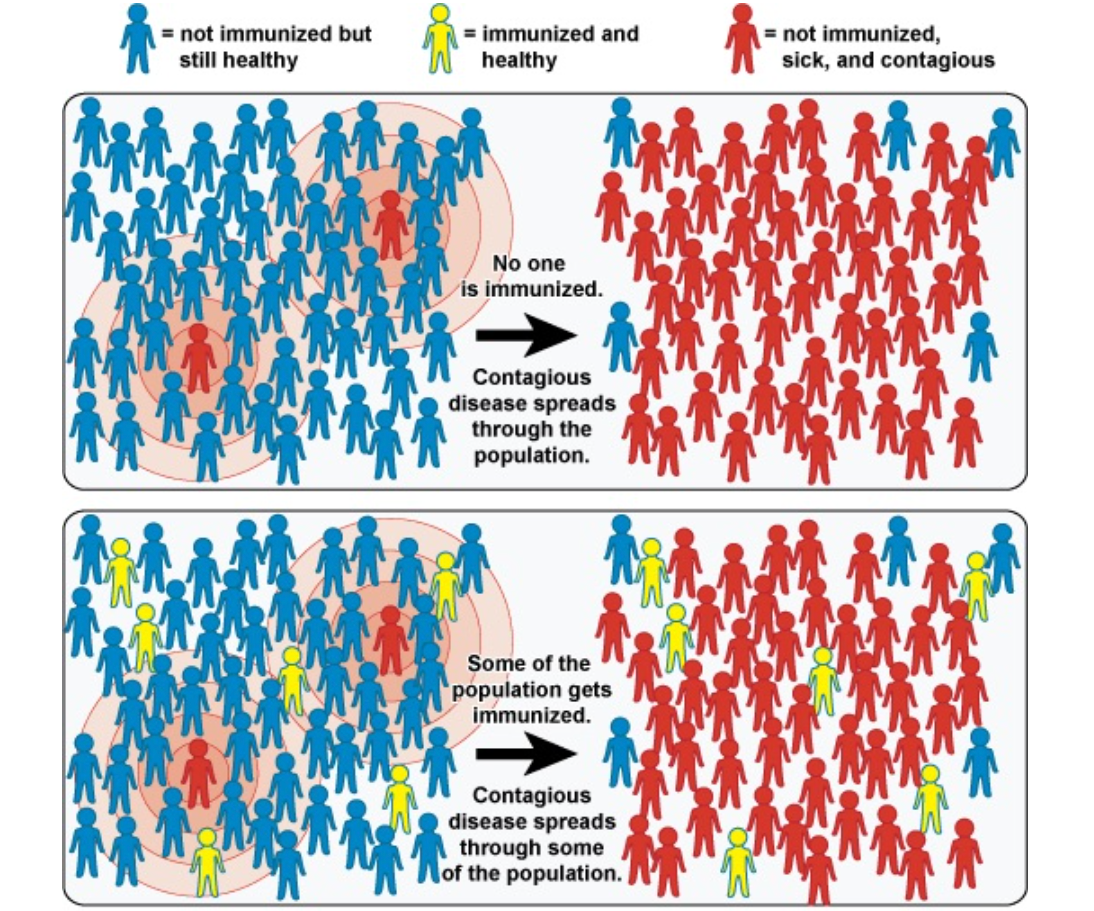
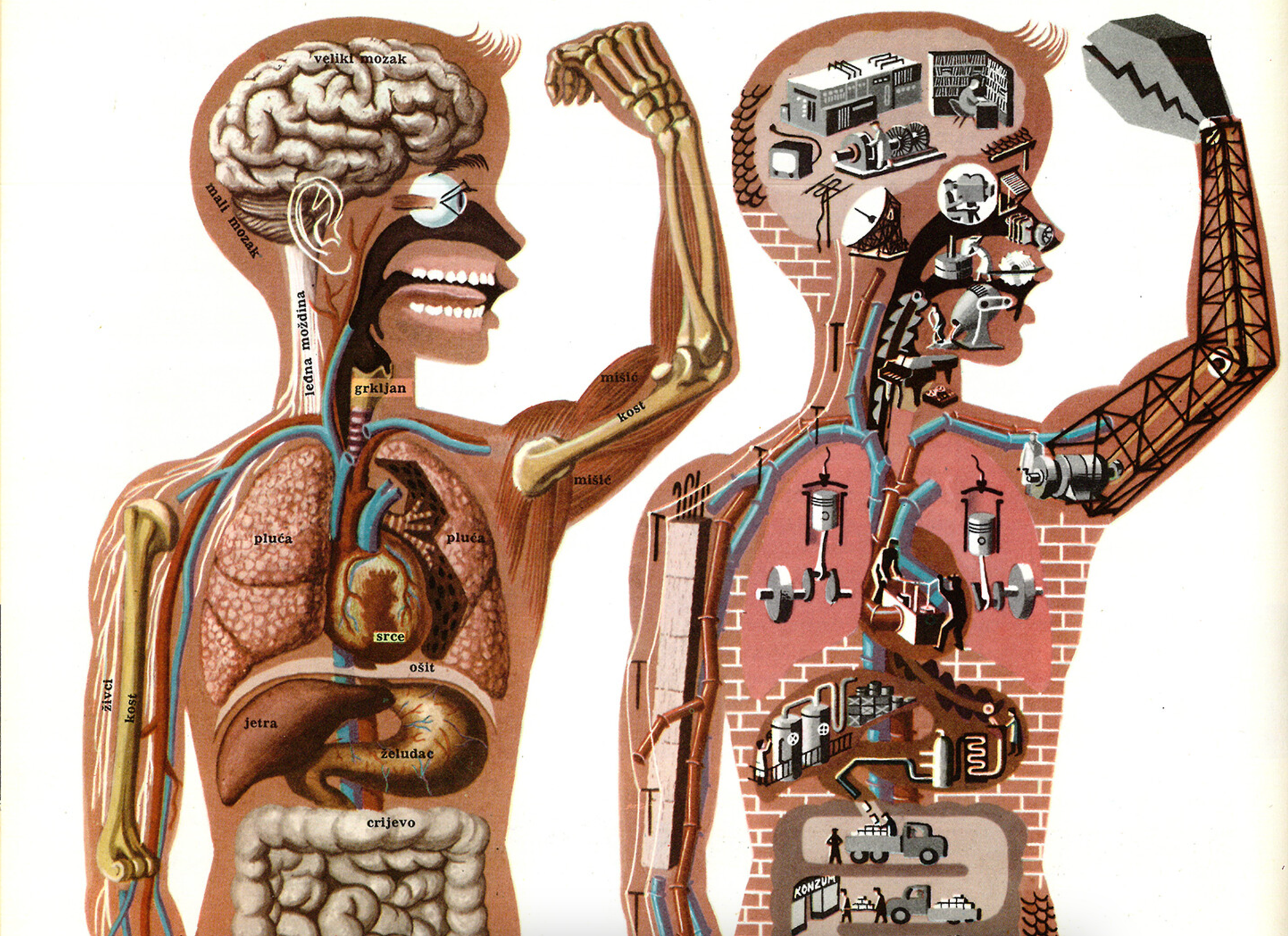

Discussion